Fujifilm in 2019: what happened, and was this really just in the last 12 months?
Fujifilm has been busy in 2019. It started off quiet, but THEN...
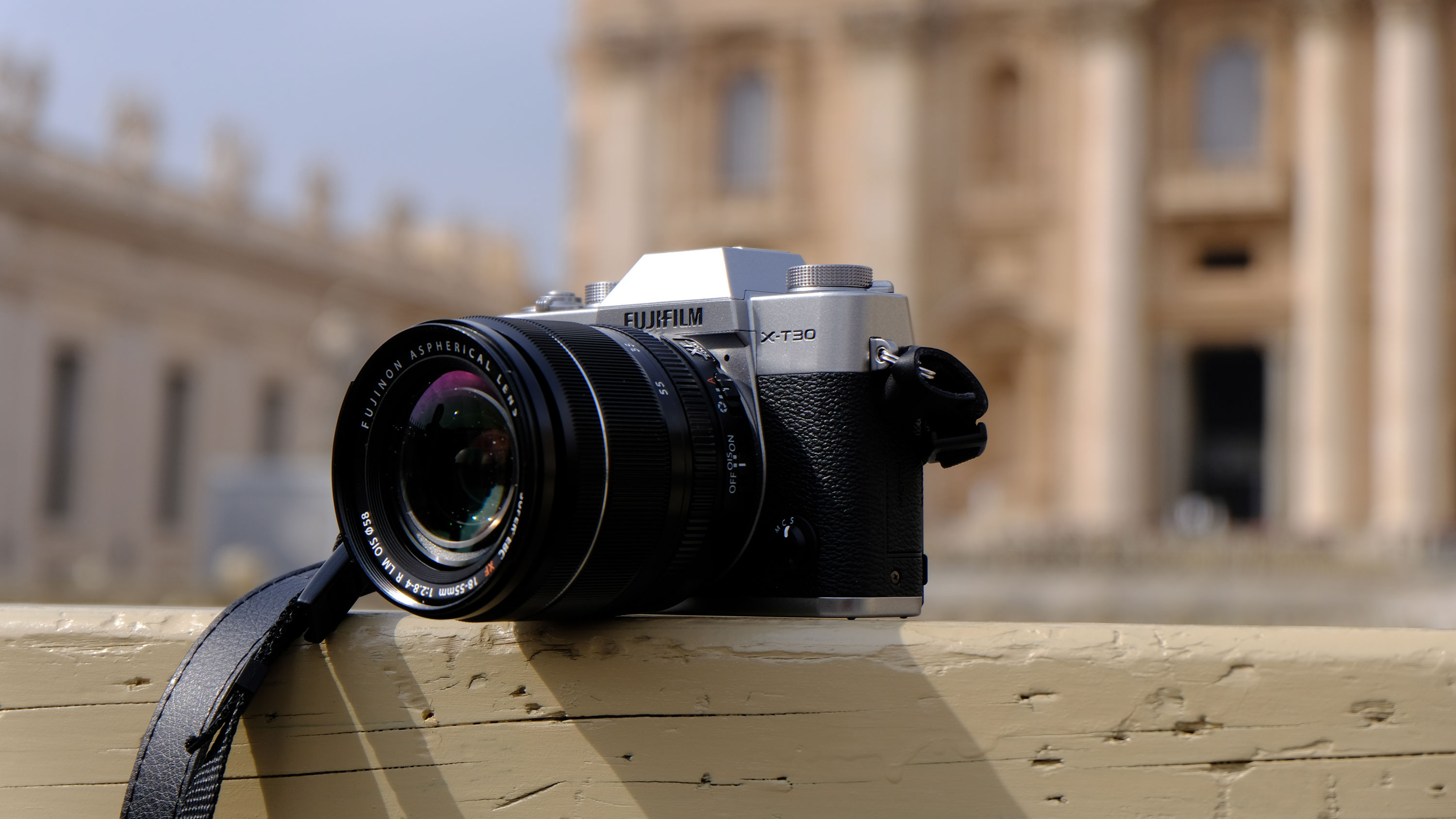
In the history of camera brand comebacks, Fujifilm will be right up there with the best. In 2010, Fujifilm took a wild punt with a high-end compact camera called the X100, with an APS-C sensor, traditional camera controls and a design which harked back to a different era. Would anyone actually want a camera like this in the modern age, and could Fujifilm possible challenge or even approach the success of those giants of photography, Canon and Nikon?
Ten years later, we’ve got our answer. 2019 has been one of the busiest years yet for Fujifilm, which is seeing sales increases where others aren’t and is flatly refusing to believe the gloomy predictions of rivals. It's made APS-C cameras respectable, even desirable, and it's rocked the medium format market to its gold-plated core. More of the same, please!
January
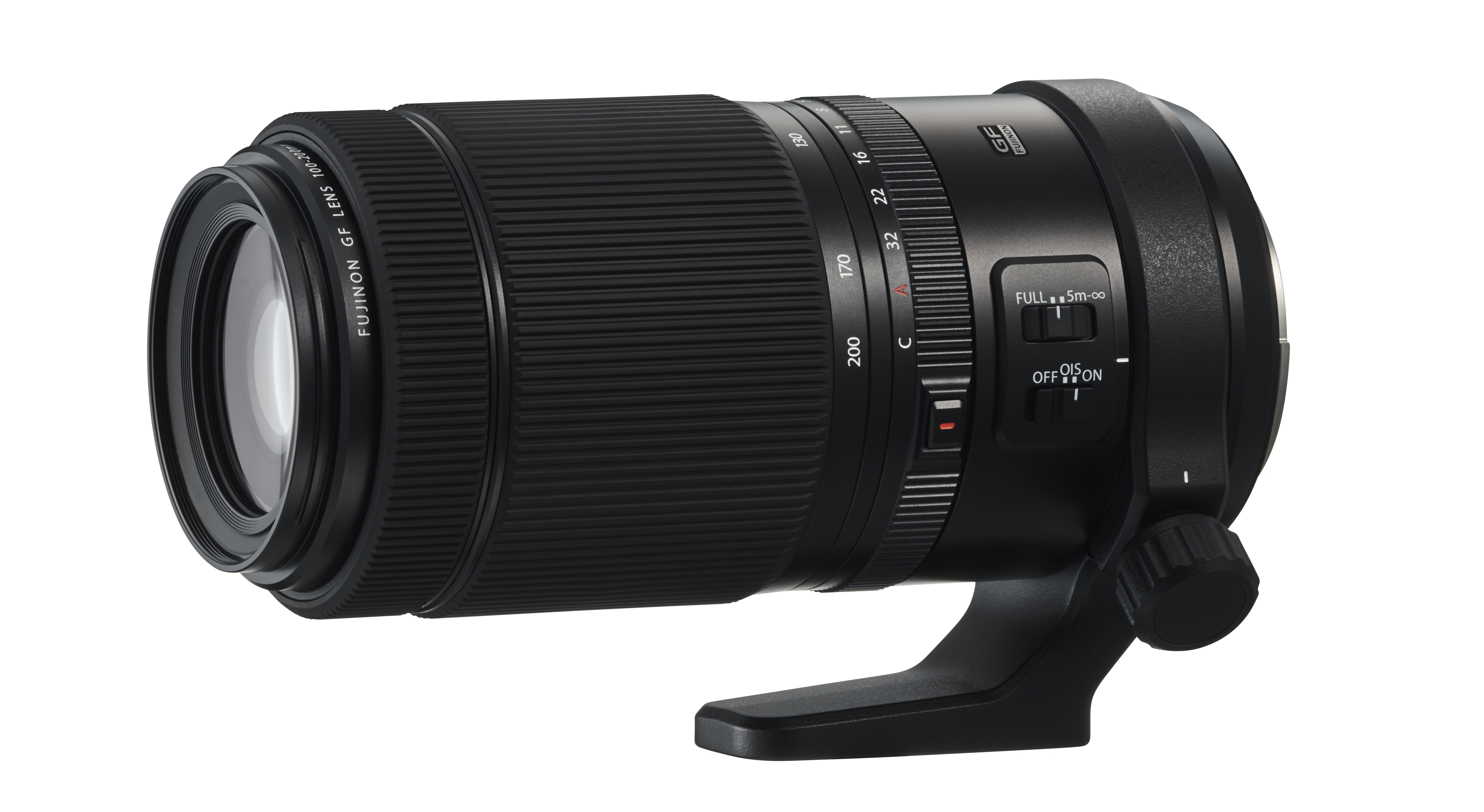
January starts quiet. Too quiet.
But then the Fujifilm GF 100-200mm stretches the lens range for GFX medium format family with a 2x zoom range and constant f/5.6 maximum aperture, specs which would be pretty tame on a full frame camera, but is actually rather tasty in the world of medium format. This lens has optical image stabilization built in too.
February
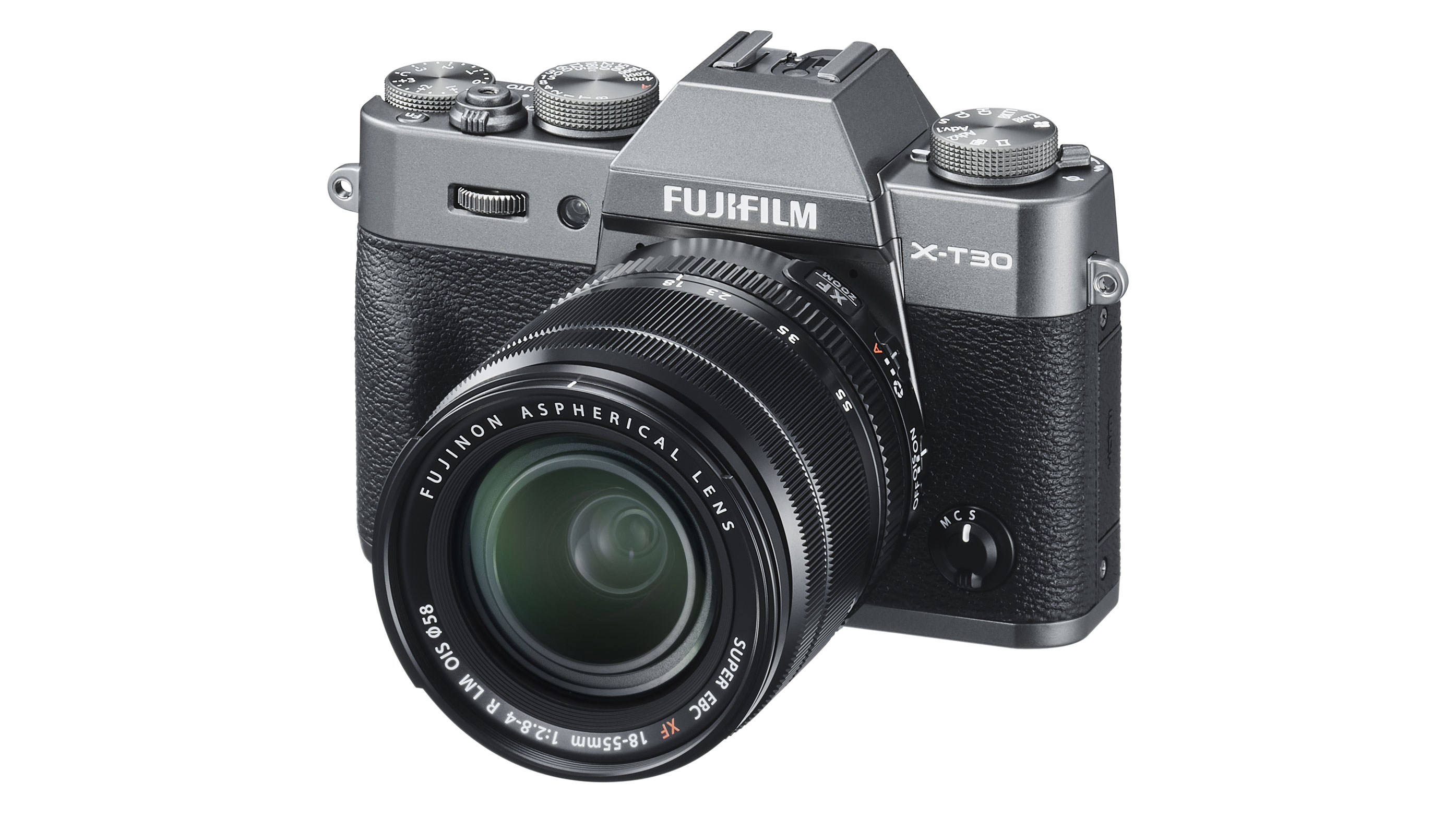
The legendary Fujifilm X100F fixed lens compact camera is two years old and still uses Fujifilm’s older 24MP X-Trans sensor. Would there be a new version in 2019? The rumor mill was quiet, so we revisited our Fujifilm X100F review to see if we still felt the same about this camera. (Warning: we don’t rate it as highly as its fans seem to, and we explain why.)
But then something new happened. The new Fujifilm XP140 underwater compact camera could go to a depth of 25m (5m more than the XP130) and now captured 4K video, as well as coming in a choice of colors. That was our summer holiday camera sorted, at any rate.
And then the Fujifilm X-T30 is announced, and all our winter blues vanish. Here is a camera that looked and worked like an old-school film SLR but with all the latest tech, including Fujifilm’s 26MP X-Trans sensor, 4K video and fancy phase-detect autofocus.
Get the Digital Camera World Newsletter
The best camera deals, reviews, product advice, and unmissable photography news, direct to your inbox!
Fujifilm also brings out a new wideangle lens to add to its line-up of compact and rather tasty X-mount primes. The Fujinon XF16mm F2.8 R WR is small and neat and boasts a dedicated aperture ring. It’s a stop slower than the equally neat f/2 primes in the Fujifilm range, but f/2.8 is not bad, and the prices is even more not bad.
March
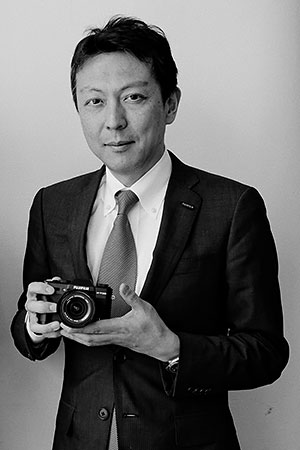
Since Fujifilm practically reinvented popular instant photography with its instax cameras, other makers have been watching carefully – and this month we hear that Canon is planning its own instant camera range. Canon’s cameras, however, will essentially be digital cameras with built in Zink printers, which is fine, but some might say not really in the spirit of instant photography. Or is that just us?
Canon is on a downer this month. Canon CEO Fujio Mitarai predicts that the market will shrink 50% in the next 2 years. "Totally, totally disagree," says Toshihisa Iida, General Manager of Fujifilm's Optical Device and Electronic Imaging Products Division, to Imaging Resource. "We really just cannot believe that projection of Canon's."
May
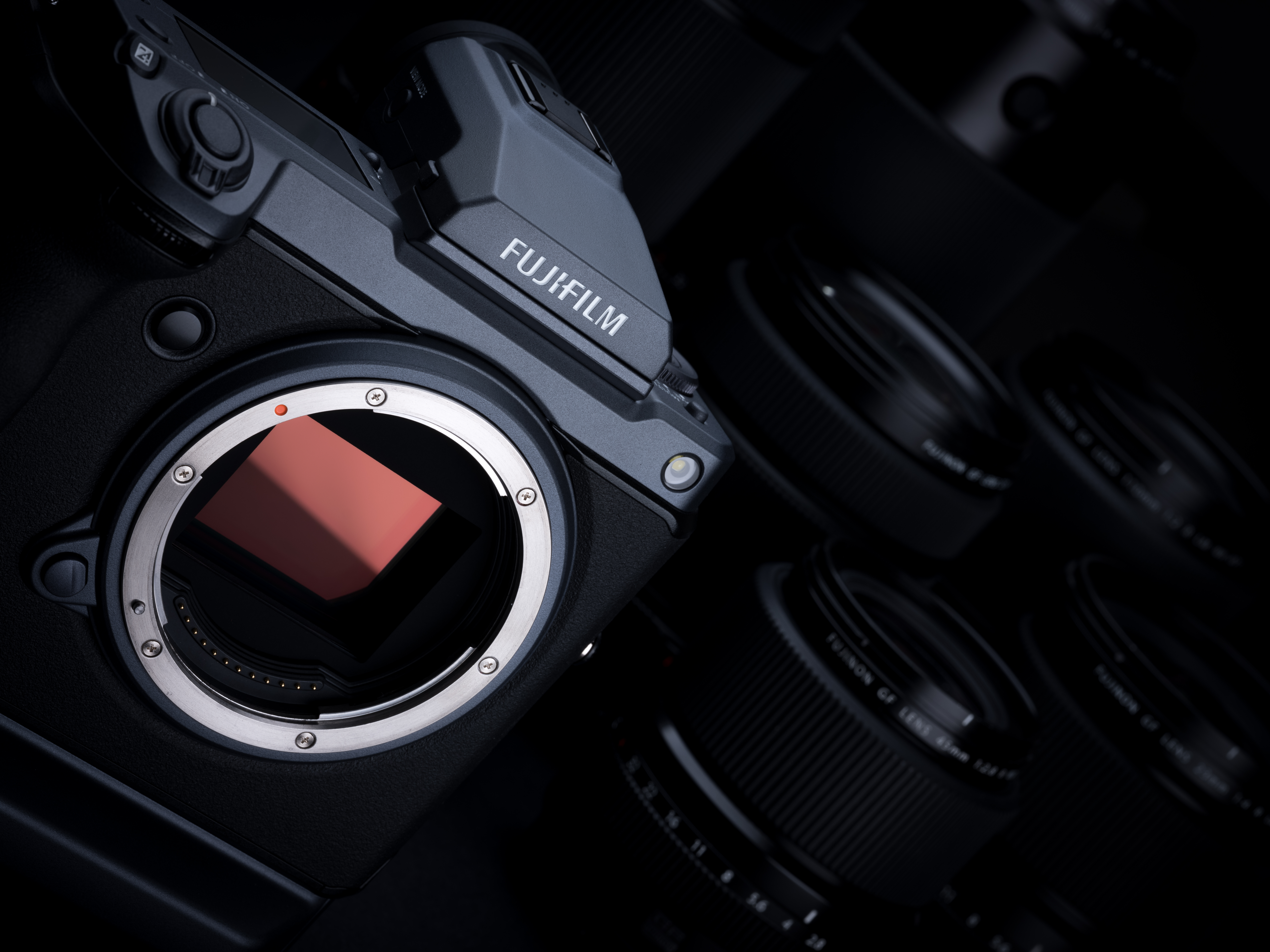
This is the month of the official Fujifilm GFX 100 announcement. People are always calling new cameras ‘game changers’, but this one actually is. The GFX 100 joins the existing GFX 50S and GFX 50R models but trumps them with twice the resolution, in-body image stabilization, phase-detect AF and 4K video. Amazing.
We published a 600MB TIFF file from the GFX 100 to show what it could do. If the Internet was slow for you that day, sorry. So besides file size, what are the GFX 100 and GFX 50S key differences? We list all five, and it’s not pretty.
There’s bad news for film fans, though, as Fujifilm raises color film prices by 30% and announces some films will be discontinued altogether.
June

Rumors about a new Fujifilm X-Pro3 start early, with talk that the X-Pro3 might come with a tilting touchsceen display! Well, that seemed like hot news back then, given that the staunchly conservative X-Pro line only had fixed screens until now. If only we knew then what we know now! We're pretty sure, though, that the Fujifilm X-Pro3 will arrive in October.
In more concrete news, there’s another new medium format GFX lens. The Fujinon GF 50mm f/3.5 is a compact prime lens equivalent to around 40mm in full frame camera terms and ideal for general semi-wide-angle photography.
And let’s not forget that Fujifilm is the only mainstream camera maker to have a history of analog film production too. Many of these films have near-legendary status but, inevitably, they are dying out. But we get good news, as Fujifilm Neopan Acros 100 comes back from the dead, after being discontinued last year.
Canon was all doom and gloom in March, and in June it was Nikon’s turn, reporting a 15% year on year sales drop in Japan. In the same period, same territory, Fujifilm reports a 20% increase in sales.
July
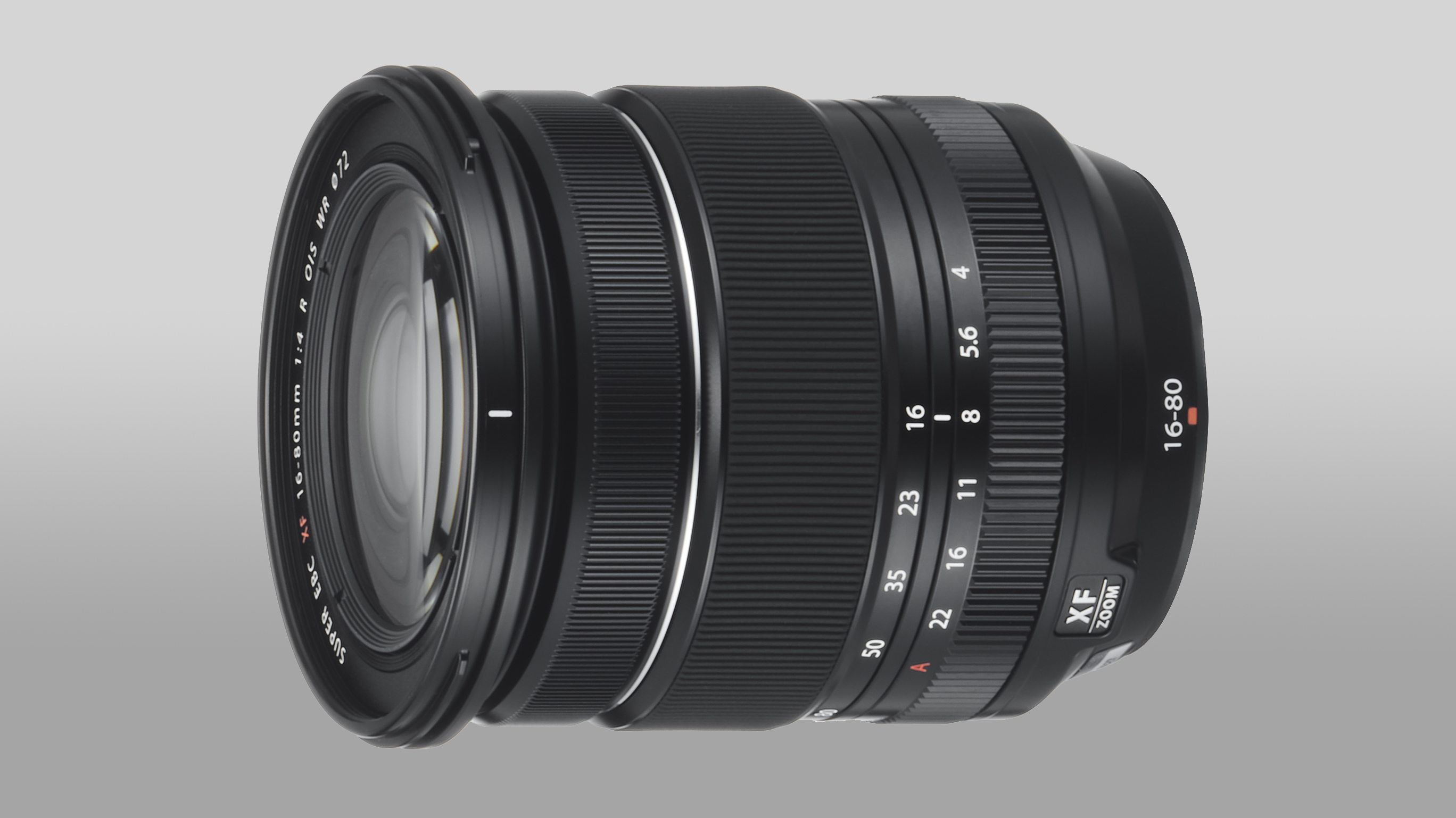
The Fujifilm GFX 100 became a landmark camera the moment it was announced. With 100 million pixels, a medium format sensor, phase detection AF and in-body stabilization, practical handheld portability and a price not a million miles from a full frame pro camera’s, it ticked more boxes than anyone dared to dream. And this is when we got a production sample for our full Fujifilm GFX 100 review. Readers of a nervous disposition should not look at the resolution chart.
Back on planet Earth, Fujifilm announces the Fujinon XF 16-80mm f/4 R, a new standard zoom for its X-mount cameras that’s actually quite big news. The existing 18-55mm f/2.8-4 is all right but not really a pro lens, while the 16-55mm f/2.8 IS a pro lens but weighs a ton and has no in-built stabilizer. The Fujinon XF 16-80mm f/4 R has a wider zoom range than both, a constant f/4 maximum aperture and a 6-STOP IMAGE STABILIZER according to Fujifilm.
In this month, we hear that Fujifilm and Samsung are joining forces to develop a new ISOCELL Plus sensor to reduce crosstalk and improve sensitivity in back-illuminated sensors. It’s not just the tech that’s interesting – this could mean that Sony’s stranglehold on the sensor manufacturing market might be loosened slightly.
August
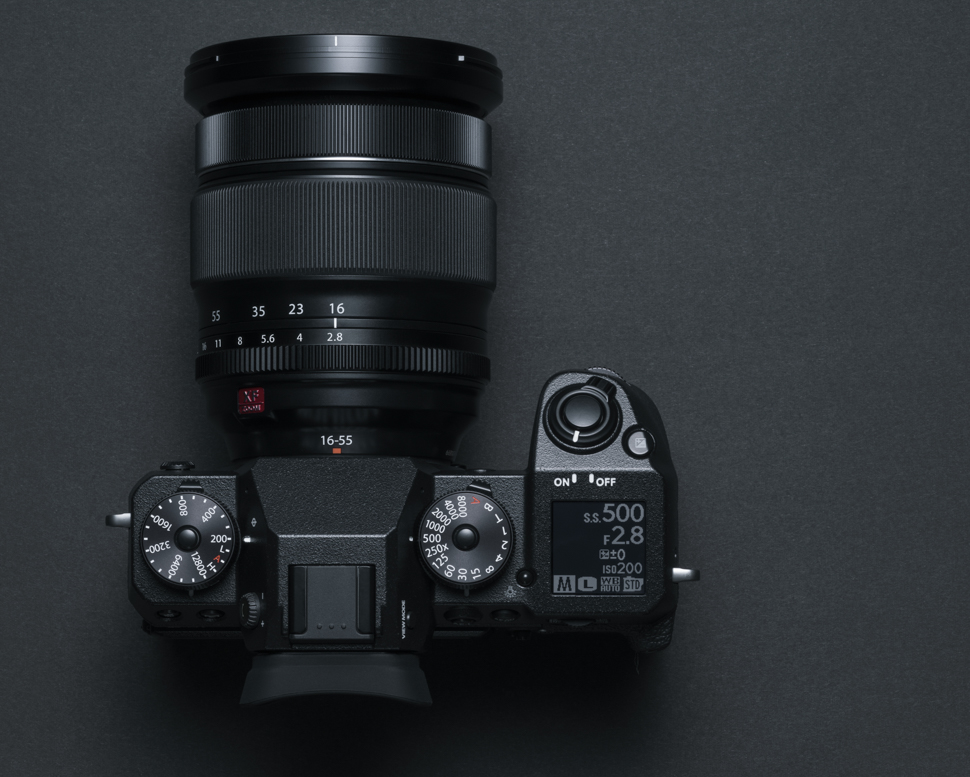
Always hungry for camera rumors, we hear that Fujifilm has registered a new but unidentified camera which we think is coming in October and isn’t the X-Pro3. We hope its a new Fujifilm X-H2 and go to town with predictions about specs, features and design. IT DOESN’T HAPPEN. Not in 2019, anyway, but there’s always 2020…
In the same month, Fujifilm patents a touch-sensitive top dial and we republish images from Fuji Rumors that show how it might work.
This is the month the Metabones Fuji G Speed Booster is announced, enabling you to use Hasselblad medium format lenses on a Fujifilm camera. Awkwardly (for Fujifilm fans) it highlihgts the fact that the GFX sensor is not technically ‘full frame medium format’ but a kind of reduced size ‘APS-C medium format’. It’s complicated.
It’s not just ‘Blad lenses that will fit the GFX, though. The Laowa 17mm f/4 Zero-D becomes the world’s widest lens for Fujifilm GFX cameras, which equates to around 13.5mm in full frame camera terms. Laowa lenses are always innovative, always exciting, and we want to try this one almost as badly as we want to own a Fujifilm GFX to try it on.
Worse, Chinese phone maker Xiaomi announces a 108MP smartphone sensor with more pixels than the GFX 100 (though Fujifilm has something to say about that in November – ho ho). It turns out this sensor uses ISOCELL tech related to the ISOCELL Plus sensor design that Fujifilm and Samsung are working on.
September
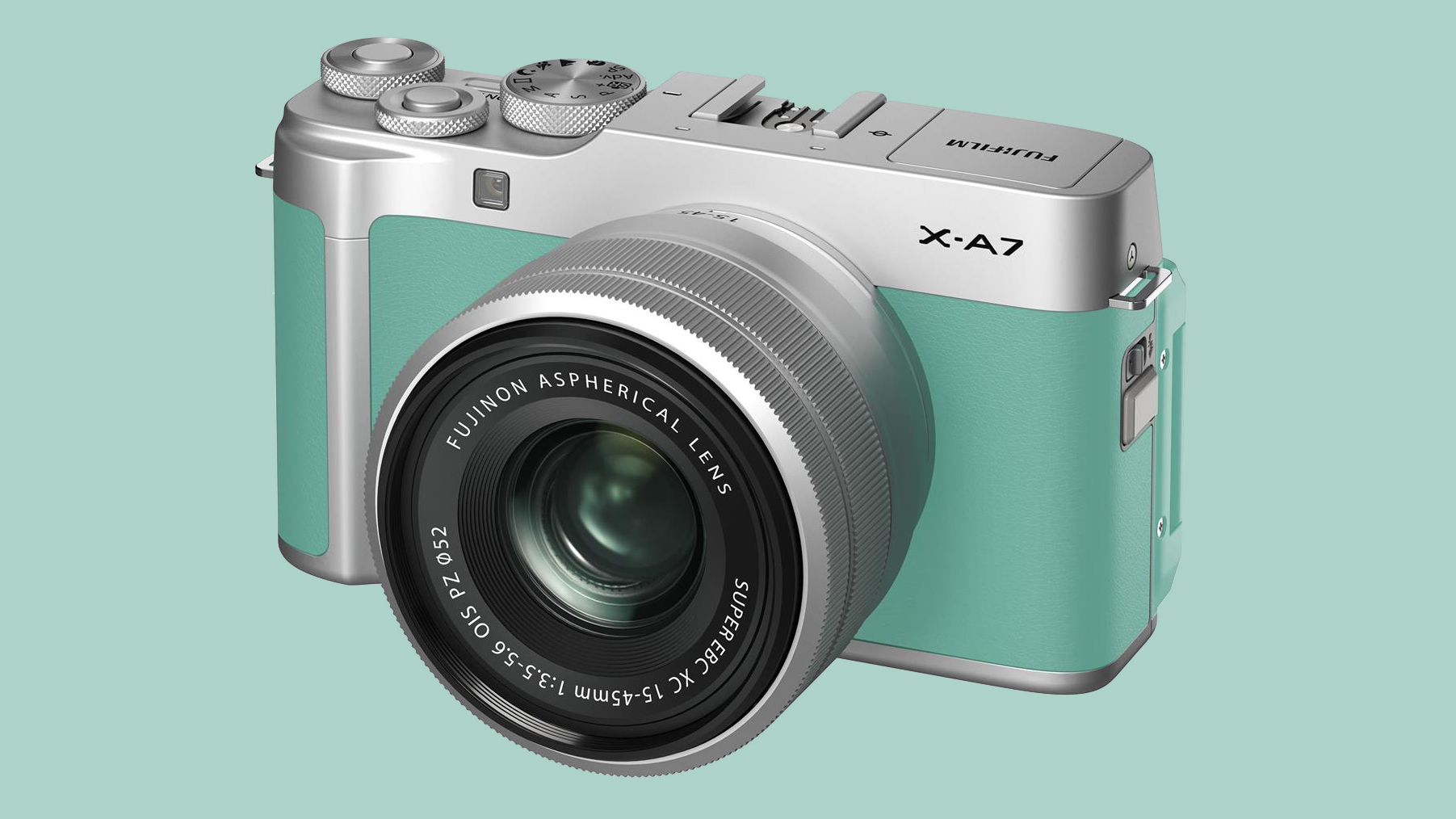
The ever-active rumor mill brought us some gossip about the new Fujifilm X-A7 entry-level mirrorless camera, which (we heard) would have a big, articulating screen and no D-pad. Interesting! We also hear rumors that the (imminent) X-Pro3 would have some kind of weird fold-shut screen.
We’re going to call this the year of the Fujifilm X-Pro3 rumor, as another one surfaces, this time that there will be a new Fujifilm X-Pro3 color choice. We picture it in an attractive blue leatherette. We were wrong.
The rumors were correct (the camera, not the colors). The unexpected reveal of the new X-Pro3 at the Fujifilm X Summit in Japan, together with its ‘hidden’ screen, also brought an unexpected bonus… for fans of its predecessor. The UK price for the X-Pro2 plummets by £500 overnight. The X-Pro3 is a bold design that concentrates on the creative experience of taking pictures rather than simple specifications alone, but it might be a step too far for some photographers.
There are lens rumors too, with talk that there will be a new low cost Fujifilm XC 35mm prime lens. There is an XF 50mm f/1.4 already, but its pretty pricey and pretty bit, and the (possible) new lens will be a cheaper and smaller alternative.
But, oh no, Fujifilm scraps its plans for a 33mm f/1.0 lens! Instead, it’s going to make the Fujinon 50mm f/1.0, which will be smaller (go figure) and have “50% richer bokeh”. It will also be the fastest AF lens in the world. That’s the fastest lens aperture for a lens with AF, not the lens with the fastest AF.
And then the rumored Fujifilm X-A7 is officially announced, together with its supersized 3.5-inch screen, proper 4K video (not the silly 15fps option of its predecessor, the X-A50 and better autofocus. But the big news (for us) is that it will come in a new Mint Green color, which is just GORGEOUS.
October

In October, Fujifilm stopped launching things for long enough for us to catch up with our guide to the best Fujifilm lenses, but don’t expect this list to stay the same for very long. The Fujifilm X-Pro3 is officially announced, and we get to try the camera out ahead of our full review in December.
Some extraordinary detective work also revealed that a number of the publicity stills for the Joker movie were shot on a Fujifilm X-T2 and not the regular full frame DSLR suspects.
November
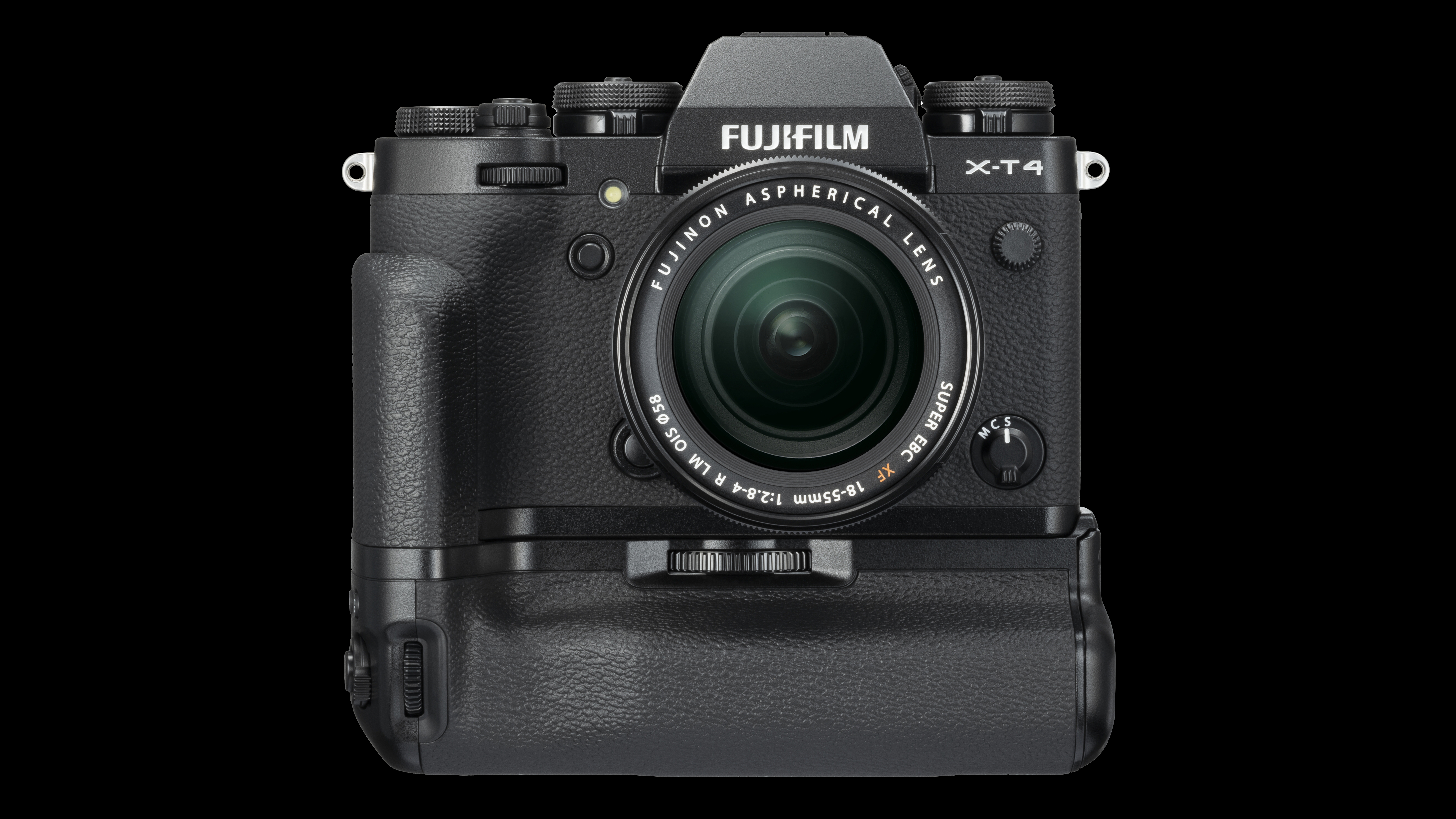
The Fujifilm X-T3 (see below) is Fujifilm’s top all-round APS-C mirrorless camera right now, but it’s fairly big, fairly pricey and probably has a bit more power than most users need. That’s where smaller, cheaper X-T30 comes in. Does this pint-sized alternative have enough of the X-T3’s DNA to tempt enthusiast photographers? Check our Fujifilm X-T30 review for our verdict.
Fujifilm doesn’t just make medium format cameras and high-end X-mount models. It also does a rather good, and rather successful, line in low-cost mirrorless cameras for more casual lifestyle, travel and social photography, and our Fujifilm X-A7 review finds out whether this big-screen compact system camera makes sense when the previous Fujifilm X-A5 is now on sale at big discounts (yes and no, is the answer).
With all the hype around the new Fujifilm X-Pro3, bargain hunters will have spotted that the previous X-Pro2 started to get discounted quite heavily. It’s a classic camera that still looks good even now, so we took the opportunity to refresh our Fujifilm X-Pro2 review for anyone tempted to buy it. And still on the theme of re-reviews, the Fujifilm X-T3 has been out for more than a year now with no sign of a replacement (though plenty of rumors), so we took another look at our Fujifilm T3 review too.
We (finally) get to do a Fujifilm XF 8-16mm f/2.8 R LM WR review. This amazing lens is big and expensive but also the widest rectilinear lens (non-fisheye) you can get for the Fujifilm X system.
November also brought confirmation that Fujifilm is not just about cameras, with the news that the Fujifilm House of Photography center in London would soon be open. The Japanese giant also showed its sassy side by welcoming smartphone maker Xiaomi to the ‘100M club’ and then posting a picture of its GFX 100 with Xiamo’s tiny smartphone sensor superimposed over a corner of its whopping big one. Lols.
And already the Fujifilm X-T4 rumors are starting, with talk of 6K 60p capture, in-body stabilization and 10-bit internal recording. True or not, this inspired us to create a Fujifilm X-T4 mockup that’s so good we really, really want it to happen now.
December

After all the rumors, all the announcements, all the teasers and hands on sessions, we finally got to do a full Fujifilm X-Pro3 review, complete with our rigorous lab testing process and real world photography. What do we think? It’s an extraordinary camera… but not for everyone.
Fujifilm also dropped a bombshell. Along with Olympus, Nikon and Leica, Fujifilm will NOT attend the revamped Photokina 2020 show in Cologne. That’s bad news for the organizers of what was once the worlds premier photographic event and worse still for all those journalists who love nothing more than spending a week in a beautiful city guzzling beer and sausages.
We did go and visit the freshly opened Fujifilm's House of Photography concept store in London, and it is massive, impressive and when we went very popular. If you’re in London, you need to go and see it!
OK, so time to calm down, take stock and plan our guide to the best Fujifilm cameras in 2020. Judging by all the cameras introduced in 2019, though, don’t expect this list to stay the same for long!
Read more:
• These are the best Fujifilm cameras today
• Our guide to the best Fujifilm lenses
• The best mirrorless cameras right now

Rod is an independent photography journalist and editor, and a long-standing Digital Camera World contributor, having previously worked as DCW's Group Reviews editor. Before that he has been technique editor on N-Photo, Head of Testing for the photography division and Camera Channel editor on TechRadar, as well as contributing to many other publications. He has been writing about photography technique, photo editing and digital cameras since they first appeared, and before that began his career writing about film photography. He has used and reviewed practically every interchangeable lens camera launched in the past 20 years, from entry-level DSLRs to medium format cameras, together with lenses, tripods, gimbals, light meters, camera bags and more. Rod has his own camera gear blog at fotovolo.com but also writes about photo-editing applications and techniques at lifeafterphotoshop.com
